Distinguish the difference between African and American beans, distinguish between fruit tonality and balanced taste
Professional coffee knowledge exchange more coffee bean information please follow the coffee workshop (Wechat official account cafe_style)
Like to drink sour friends, most will choose African beans, its unique geographical environment gives birth to extraordinary coffee flavor, unique flower and fruit ambiguous intertwined, deeply loved. For those who like to have a balanced taste, American beans are a good choice, with a balanced taste and taste. Caramel and drupe flavors are obvious. Here's a list of the differences between African and American beans.
African series
[Yejashifei Red Cherry]
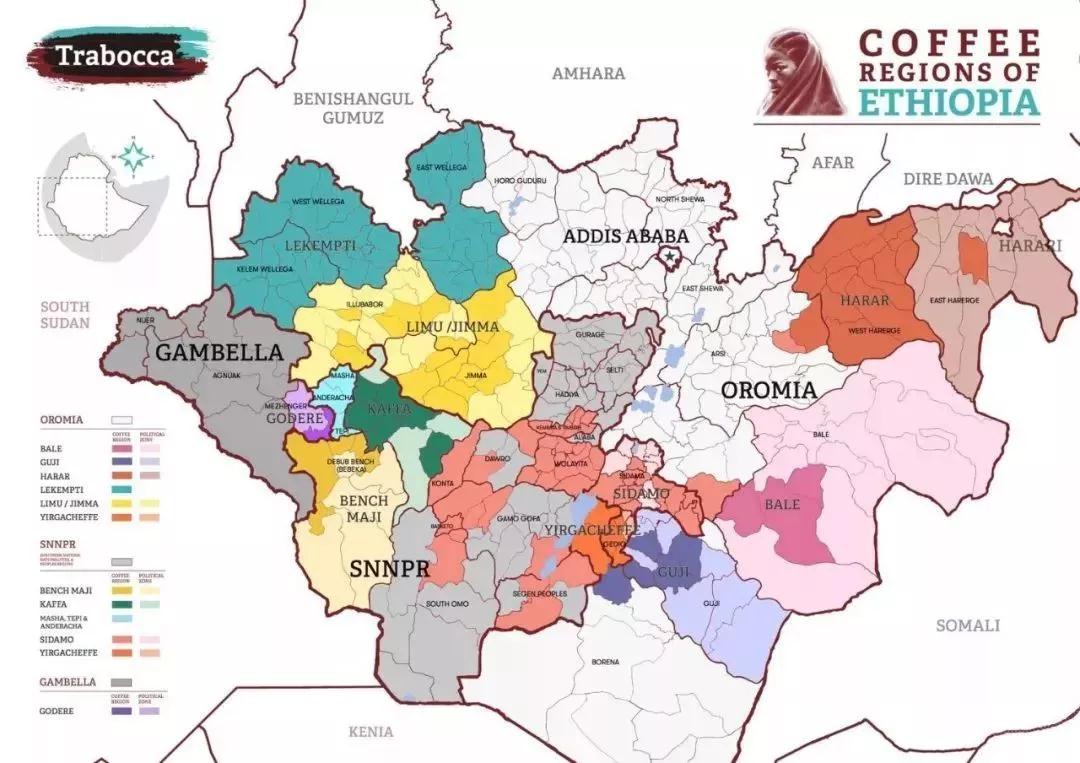
The main producing areas of Ethiopia are Yegashafi, Sidamo, Punga Forest, Lekanti, Ken Bata, Irubab, Hara, Lim. Yegashafi is a small town in Ethiopia and one of the highest coffee producing areas in the world, with an elevation of 1700-2100 meters above sea level. It is foggy all the year round, with a gentle breeze and cool and humid air. During the harvest season, the Ethiopian Coffee Trading Company will go to town to buy coffee beans collected by farmers and eventually sell them under the brand name "Yega Xuefei". In order to pursue high-quality fruit, implement the "Red Cherry Program", picking 100% all-red fruit by hand, so that coffee farmers pay more attention to the process of selecting beans, and the price of these coffee is relatively high.
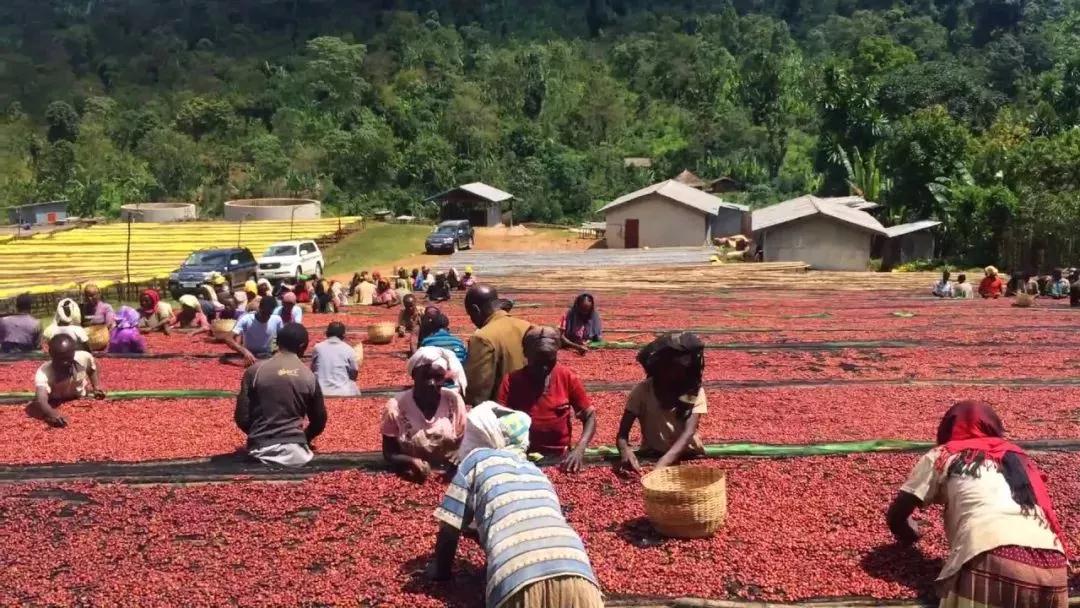
Using the exquisite sun method, after screening the available coffee cherries, put the coffee fruit in the elevated shed for sun drying, isolate the contact with the ground, prevent the miscellaneous smell of soil, and create an extremely clean fruit flavor. after more than two weeks of sun exposure, the dark brown coffee fruit is stored professionally, waiting for the whole flavor to be ripe, and the sweetness is increased.


Yejia Xuefei body variety is a local native species, small grain species, the appearance is more round, the bean body is very small, mostly between 14-15 mesh. Yejiaxuefei red cherry G1 raw bean color is yellow and green, is a typical sun-cured coffee color, the particles are uniform and full, there are few defective beans.

Flavor: strong fruit aroma, with thick dried fruit, Brin, strawberry, lemon, sweet as honey in the middle, chocolate at the end, not strong in the mouth, medium thickness, no obvious sour taste, like fruit black tea.
[Lim G2]

The output of coffee in Lim producing area is low, and it is mainly exported to Europe and the United States. It is not easy to buy in China in the past, but it is very popular in Europe and America, and its fame is second only to Yega Xuefei. Coffee varieties are native to Ethiopia (Heirloom), and local coffee farmers grow them in a 100% organic way. The soil is metamorphic (Vertisols) soil, planted between 1850 and 1900 meters above sea level.

Lim Limu production area is mainly washed beans, the taste is milder than that of Sidamo, its body is thin, often with citrus characteristics, floral and citrus performance is also inferior to Yega and Sidamo, but with a hint of grass and cocoa, as well as sandalwood, but not as famous as coffee from Sidamo or Yega Chuefei, but it also produces coffee beans with many flavor characteristics.

The use of water washing treatment, the use of water washing and fermentation methods to remove the peel, pulp and mucous membrane, the introduction of an endless supply of live water. During the treatment, the fermented beans are put into the pool and passed back and forth, using the friction of the beans and the power of running water to wash the coffee beans until smooth and clean. After washing, the coffee beans are still wrapped in the pericarp with a moisture content of 50%. They must be dried so that the moisture content is reduced to 12%, otherwise they will continue to ferment, become moldy and rotten, and then dry in the sun, although it will take 3 weeks. The flavor is excellent and very popular.

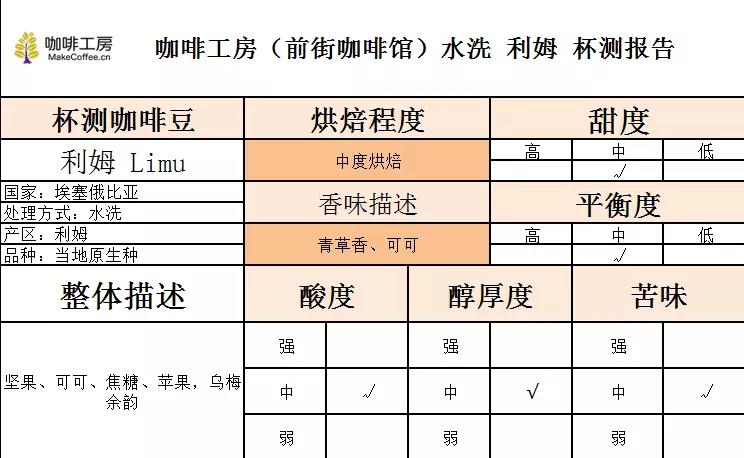
Flavor: fragrant grass in the mouth, with aromas of apple and Umei acid, sweet caramel and nuts in the middle, cocoa and berry finish
[Burundian Heart of Africa]

Located on top of the steep East African Rift Valley, Burundi has a complex terrain. More than 800000 of Burundian families depend on coffee cultivation for their livelihood, mostly in small-scale coffee plantations, planted at intervals from other crops, without mechanized equipment. Coffee grows on mountains between 1400 and 1700 meters above sea level. Most of the varieties of coffee trees are bourbon and its variants, and the treatment methods are washed and semi-washed. In the past, they were mostly exported to Belgium, Germany, the Netherlands, Japan, Australia and the United States.
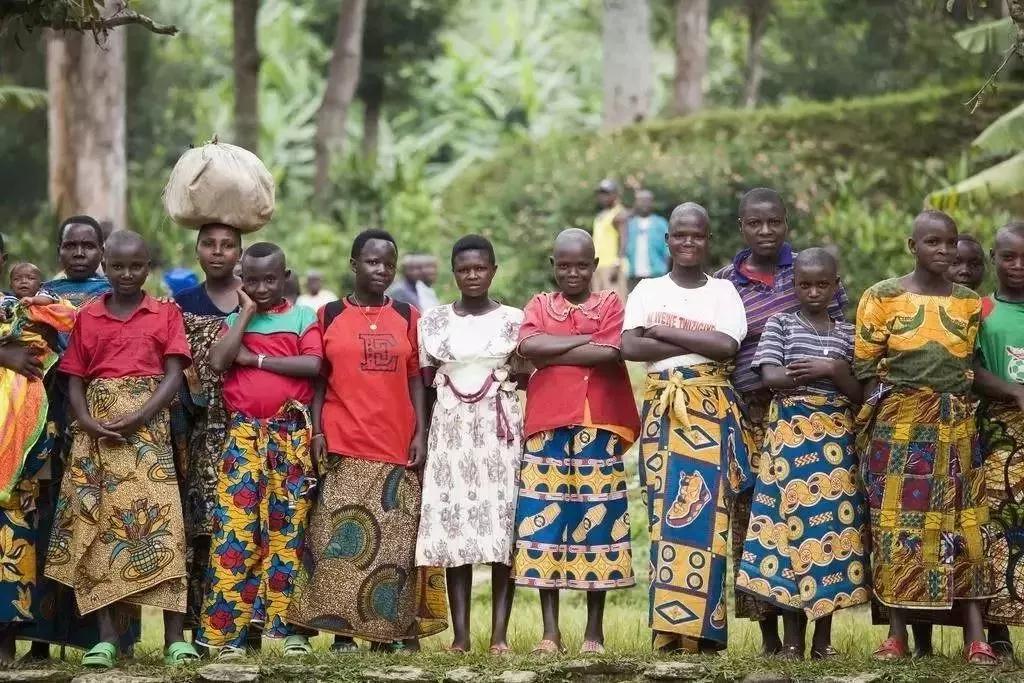
The coffee in Burundi mainly comes from the following five major producing areas, and the main and famous coffee producing areas are Kayanza, Ngozi, Mumirwa, Buyenzi, Kirimiro and so on. Burundi (Burundi) "Heart of Africa" the pattern of coffee production in Burundi is similar to that in Ethiopia, mainly from small-scale farmers, who send their harvested ripe berries to the treatment plant for unified treatment.

Using double washing treatment, after removing the peel and pulp of the berries, soak and wash them in the sink, put them on the scaffolding and dry them in the sun, the coffee beans are almost flawless, and the size is quite equal to the water content. the coffee so treated will have an extremely grateful taste and bright flavor.


Flavor: the taste is full of wild, strong taste and aroma, citrus sour and tea aroma, light acidity, strong texture, Brin, kumquat, lemon, dried fruit, caramel, smooth taste, saturated aroma, rich and lasting finish.
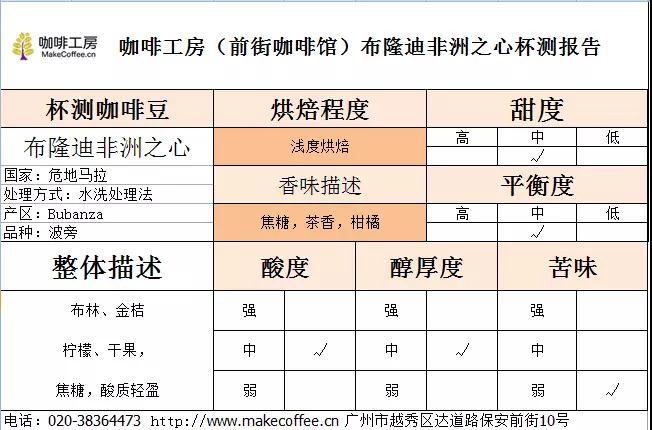
American series:
[Costa Rican honey treatment]

Costa Rica is the country where coffee was first introduced into Central America to grow. Because it is located in the Central American Gorge, with many volcanoes and natural advantages of sunshine and land, it is tempered by Pacific and Atlantic currents and sea breezes at the same time. The coffee produced has the characteristics of local micro-climate. The earliest planting sites were in the Central Valley. After years of development, Costa Rica now has eight main producing areas, namely: Guanacastes, West Valley, Central Valley, Turrialba, Orosi, Tres Rios, Tarrazu and Brunca.

The use of honey treatment refers to the process of making raw beans with mucous membrane for sun-drying. The juice produced in the process of coffee berry treatment is taken to soak the shelled bean in the treatment. Because the berry juice contains high sweetness and unique enzymes, the processed shelled bean contains richer taste and complex positive flavor.

The more pectin is retained, the richer the flavor and sweetness of the coffee will be. The pectin mucous membrane is the part with the highest content of coffee fructose, and it is also an important part of coffee fermentation. It can be said that 80% of this part determines the nutritional supply during the treatment.
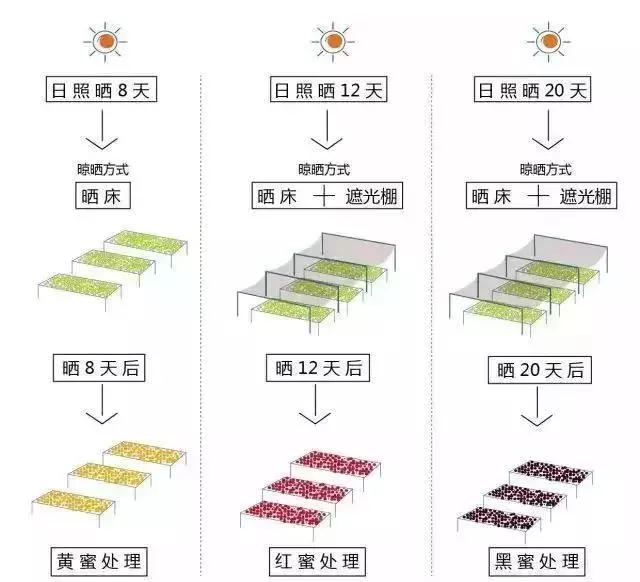
Yellow honey retains 60% pectin, red honey retains 75% pectin, and black honey hardly removes pectin. From the sugar and acid content of the pectin layer, during the drying period, the sugar in the pectin layer will become more and more concentrated, and the sugar will soak into the coffee beans.
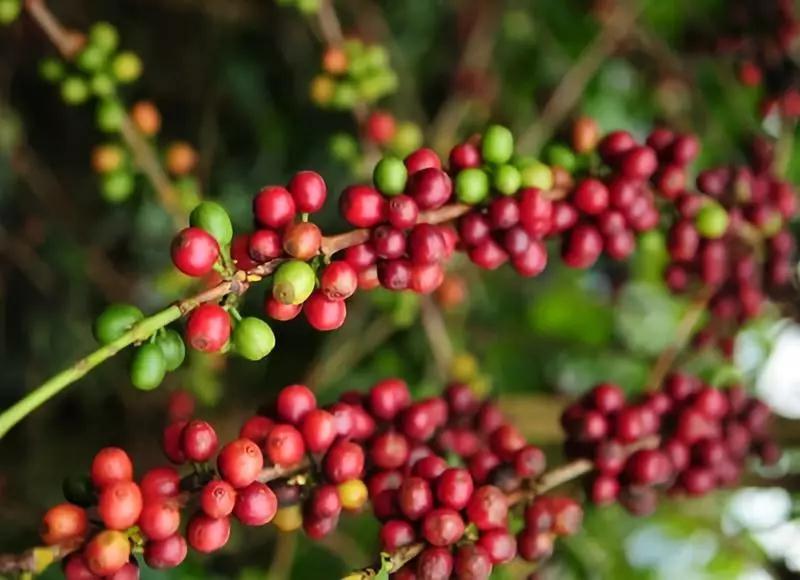
Kaddura is mainly planted, with a sour taste of lemon or citrus, and its sweetness is affected by the times and dosage of fertilizer applied by growers. It has high yield, short trees and many branches, and is loved by local farmers.

Flavor: floral and creamy aromas, lemon, Brin, sweet orange, peach flavor, grapefruit, juice, natural sweetness, meticulous taste, perfect and balanced as a whole.
[San Juan Theodore, Honduras]
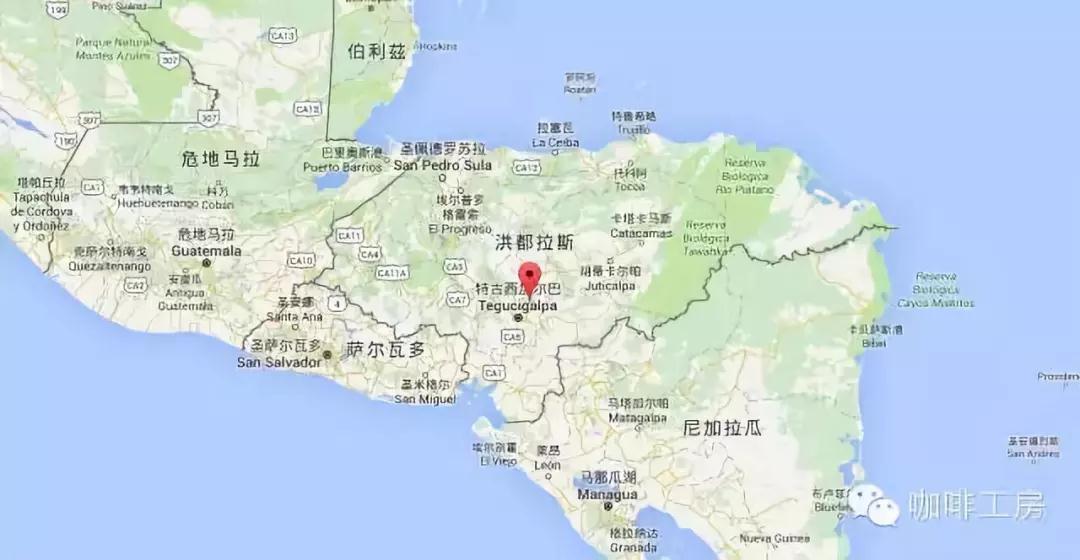
Honduras is located in the north of Central America, facing the Caribbean Sea to the north, the Gulf of Fonseca in the Pacific Ocean to the south, Nicaragua and El Salvador to the east and south, and Guatemala to the west, mostly mountains and plateaus. It has a tropical climate, mild temperature and abundant rainfall, so it is an ideal place for coffee growth. There are six major producing areas, mainly located in the west and south of Koban District (Copan), Obalaka District Opalaca), Mondesius (Montecillos), Gongma Agua (Comayagua), Akata (Agalta Tropical), Parasso (El Paraiso).

The average planting height of fine coffee is more than 1100 meters above sea level, which can be divided into three grades: Standard, 1000 meters; HG, 1000-1500 meters; and SHB, more than 1500 meters.

San Juan Ciudo is a small village in central Honduras, 40 kilometers northeast of Tegucigalpa, the capital of Honduras. The town is under the jurisdiction of Francisco Morz á n. The estate is located in the buffer zone of La Tigra National Park and has an independent rainforest ecosystem. Its climate and altitude are very conducive to the production of high-quality coffee beans, grown in the mountains at an altitude of 1450-1550 meters, and shaded by bananas, avocados, papaya and other fruit trees.

Pick by hand, and then pick out ripe fruit, which often takes several weeks to pick. The coffee beans are treated by water washing. The floating beans are first soaked and then peeled off by machine. Local farmers think that the larger the fruit is, the better the maturity is. The fruit is fermented for 10-12 hours, then washed with water, and finally dried in an African drying bed for 8 to 10 days, so there is always a light fruity flavor in its taste.

Flavor: obvious sweetness of caramel, roasted nuts, milk chocolate, full creamy texture, light spices and the end of oolong tea.
Fruit-conditioned African beans taste light and refreshing, more like drinking fruit juice, while American beans with balanced flavor and taste feel like melted cream chocolate, smooth and mellow, bringing different enjoyment to the tip of the tongue. Which do you prefer, African beans or American beans?
Important Notice :
前街咖啡 FrontStreet Coffee has moved to new addredd:
FrontStreet Coffee Address: 315,Donghua East Road,GuangZhou
Tel:020 38364473
- Prev
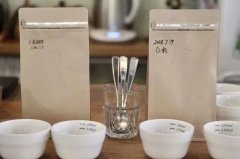
Coffee tasting | how to identify the flavor of a single bean by smelling the bottle and testing the cup.
Professional coffee knowledge exchange more coffee bean information please follow the coffee workshop (Wechat official account cafe_style), wrote three issues of small white coffee tasting coffee steps, today continue to update coffee rookie advanced Level 1 | Ten major American coffee characteristics, start with balanced American beans coffee rookie advanced Level 2 | which beans are sour and which are sweet, recognize
- Next
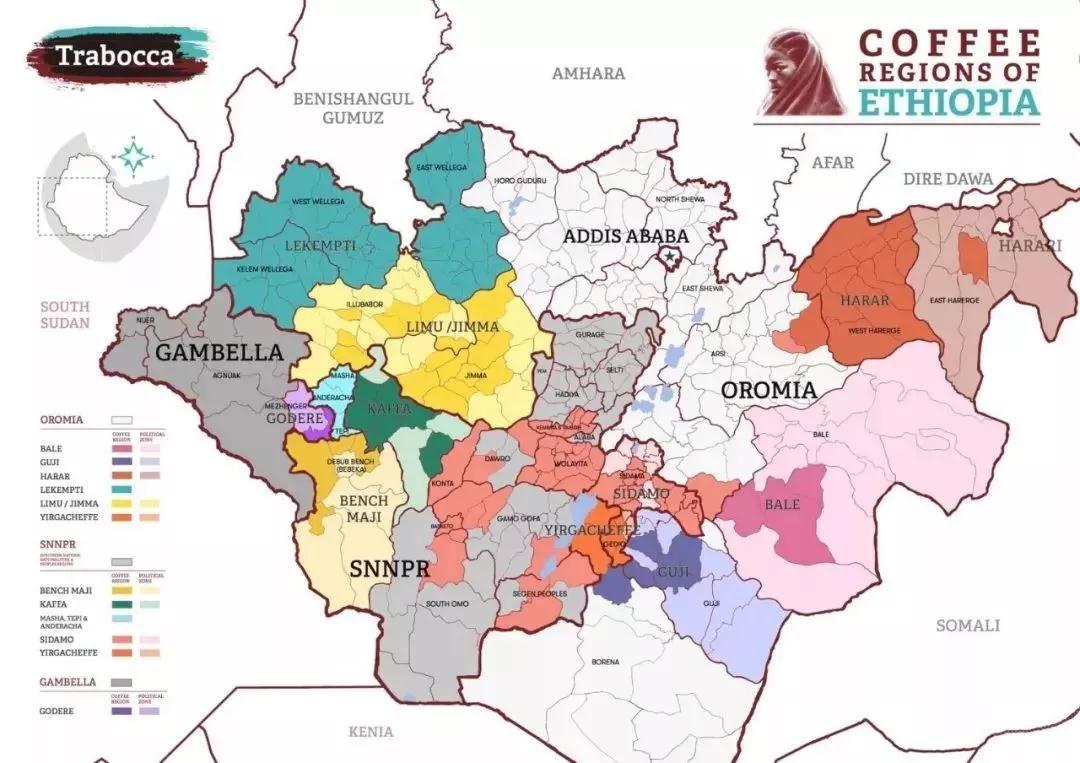
Take you to know Africa, American beans | Fruit tonality and balanced taste, who do you like?
Professional coffee knowledge exchange more coffee bean information please pay attention to the coffee workshop (Wechat official account cafe_style) [preface] like to drink sour friends, most will choose African beans, its unique geographical environment gives birth to extraordinary coffee flavor, unique flower and fruit flavor ambiguous intertwined, deeply loved. For those who like to have a balanced taste, American beans are a good choice.
Related
- How did the Salvadoran coffee industry develop in Central America?
- What exactly does the golden cup extraction of coffee mean?
- The Origin of Coffee flower
- [2023 Starbucks World Earth Day] there are more meaningful things besides free Starbucks coffee!
- What kind of coffee is there in Spain? 9 Flavors of Spanish Coffee
- Aromatic African coffee| Kenya's coffee culture and historical production area
- Liberica Coffee Bean knowledge: the characteristics of Liberian Coffee beans of the three original species of Coffee beans
- The origin and formula of Spanish latte introduces the taste characteristics of Bombon coffee in Valencia, Spain.
- How to adjust the solution of over-extracted coffee
- What is the tasting period of coffee beans? What is the period of coffee and beans? How should coffee wake up and raise beans?

